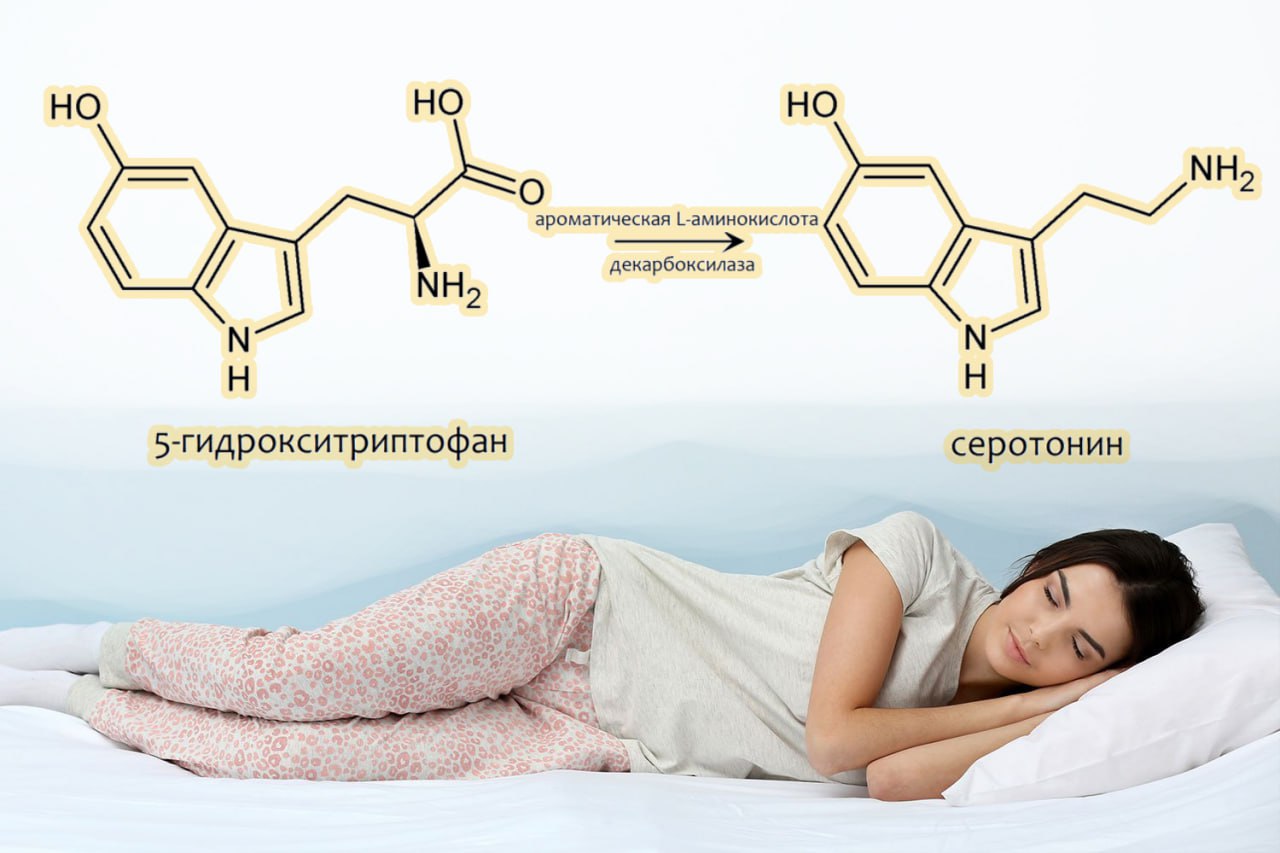
5-HTP (5-hydroxytryptophan) is an amino acid that only the lazy do not produce today. Manufacturers claim that taking 5-HTP will provide peace of mind, excellent mood, healthy sleep and even fat burning
Mechanism of action: In the presence of vitamin B6, aromatic acid decarboxylase converts 5-hydroxytryptophan to serotonin. This reaction already occurs in the nervous tissue and liver. Serotonin can then be converted into the hormone melatonin.
So in theory, 5-HTP can help combat stress and weight, but it should only be used as directed.
Side effects: most often gastrointestinal upset, heart valve damage and serotonin syndrome
Raw materials: 5-HTP is an extract of the Griffonia simplicifolia plant, a shrub native to Central Africa. In addition, biosynthesis of 5-HTP is possible – using an Escherichia coli strain
What foods will help the body synthesize 5-HTP on its own? As is known, the precursor of 5-HTP is L-tryptophan, an amino acid that is part of food proteins.
Record quantities (per 100 g of product):
🥇 red caviar – 960 mg
🥈almonds – 600 mg
🥉soybeans – 600 mg
The daily norm for an adult body is from 500 to 1000 mg per day.
It is believed that turkey contains a large amount of the “happy hormone” due to the drowsiness that occurs after dinner on Thanksgiving and Christmas. However, turkey meat contains no more tryptophan than any other meat, ~300 mg per 100 g.
In addition to the synthesis of melatonin, L-tryptophan is also involved in the formation of nicotinic acid (vitamin B3), which is necessary for the metabolism of lipids and carbohydrates and indole derivatives, which are then conjugated and excreted in the urine.
Pathways of L-tryptophan metabolism
In principle, the following ways can be distinguished:
1️⃣ Kynurenine (main) – oxidation and destruction of the indole ring with the formation of derivatives of kynurenic and anthranilic acids. In one branch of this pathway, one in 60 tryptophan molecules is converted into nicotinic acid, and most of the tryptophan is broken down into acetyl-SCoA.
2️⃣ Serotonin pathway – oxidation to 5-hydroxytryptophan and further transformation into serotonin and melatonin.
3️⃣ Indole pathway – the formation of indole derivatives, which are then conjugated and excreted in urine.
A disorder of tryptophan metabolism in the body is called Hartnup disease and occurs in 1 in 54,000 people. This is a rare hereditary disease manifested by a violation of the active transport of tryptophan through the intestinal wall. External symptoms include neurological disorders and pellagra-like skin rashes.
